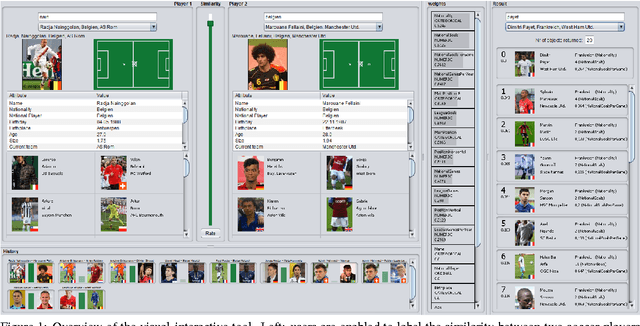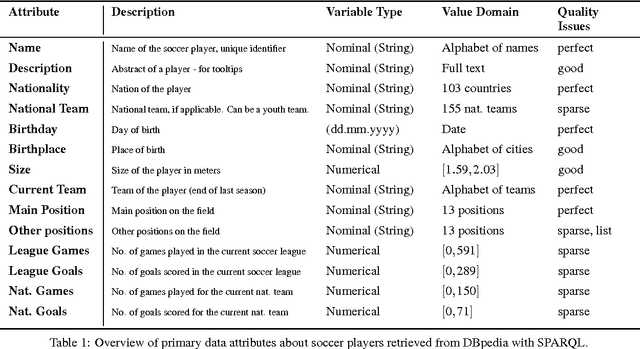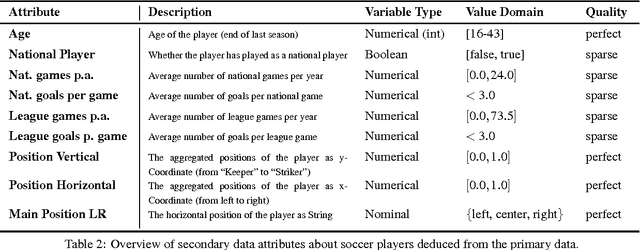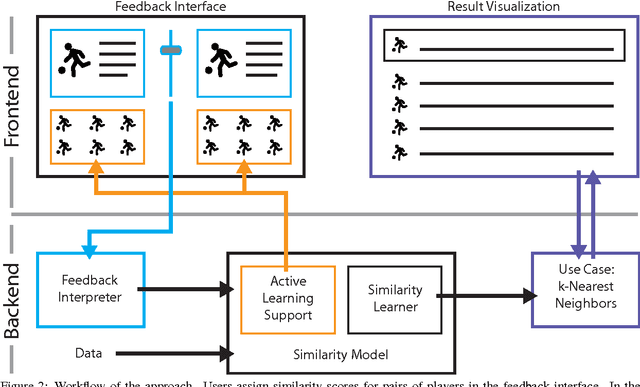David Sessler
Towards the Visualization of Aggregated Class Activation Maps to Analyse the Global Contribution of Class Features
Jul 29, 2023Abstract:Deep learning (DL) models achieve remarkable performance in classification tasks. However, models with high complexity can not be used in many risk-sensitive applications unless a comprehensible explanation is presented. Explainable artificial intelligence (xAI) focuses on the research to explain the decision-making of AI systems like DL. We extend a recent method of Class Activation Maps (CAMs) which visualizes the importance of each feature of a data sample contributing to the classification. In this paper, we aggregate CAMs from multiple samples to show a global explanation of the classification for semantically structured data. The aggregation allows the analyst to make sophisticated assumptions and analyze them with further drill-down visualizations. Our visual representation for the global CAM illustrates the impact of each feature with a square glyph containing two indicators. The color of the square indicates the classification impact of this feature. The size of the filled square describes the variability of the impact between single samples. For interesting features that require further analysis, a detailed view is necessary that provides the distribution of these values. We propose an interactive histogram to filter samples and refine the CAM to show relevant samples only. Our approach allows an analyst to detect important features of high-dimensional data and derive adjustments to the AI model based on our global explanation visualization.
Visual-Interactive Similarity Search for Complex Objects by Example of Soccer Player Analysis
Mar 09, 2017



Abstract:The definition of similarity is a key prerequisite when analyzing complex data types in data mining, information retrieval, or machine learning. However, the meaningful definition is often hampered by the complexity of data objects and particularly by different notions of subjective similarity latent in targeted user groups. Taking the example of soccer players, we present a visual-interactive system that learns users' mental models of similarity. In a visual-interactive interface, users are able to label pairs of soccer players with respect to their subjective notion of similarity. Our proposed similarity model automatically learns the respective concept of similarity using an active learning strategy. A visual-interactive retrieval technique is provided to validate the model and to execute downstream retrieval tasks for soccer player analysis. The applicability of the approach is demonstrated in different evaluation strategies, including usage scenarions and cross-validation tests.
 Add to Chrome
Add to Chrome Add to Firefox
Add to Firefox Add to Edge
Add to Edge